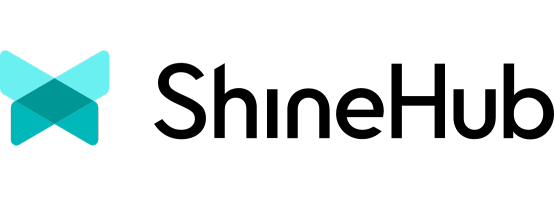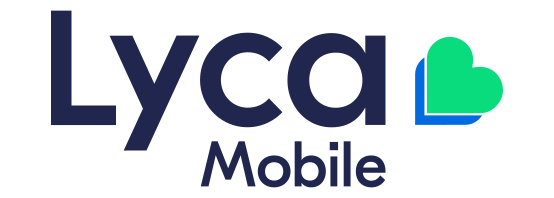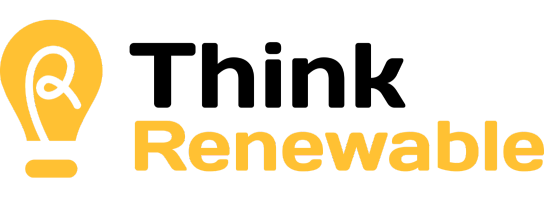And that’s a wrap 2020…
2020 will go down in history as a challenging year we’ll never forget. We all found ourselves in a precarious position surrounded by uncertainty in one way or another. When the majority of the world came to a standstill and we were asked to stay home, we had to find new ways to feel fulfilled and productive… A lot of us were forced to slow down and relearn our values and our priorities and thus, shape new perceptions. So as 2020 comes to a close, I’d like to take a moment to reflect on the year as a leader in business. I think it’s incredibly important that we take everything we learned in 2020 into 2021. It’s definitely a time to turn the page and start a new chapter but let’s also remember to have awareness and gratitude for all the things that we learned.
Here are my key learnings and key take outs from 2020:
- The people you surround yourself with matters – They say that your network is your net worth and that resonated with me more so this year than any other. When times were especially tough, it was the people I was able to lean on for support that got me through. Whether it be the numerous phone calls with my business partner, the group chat with my friends sending encouraging messages throughout the day, venting with family over dinner, running ideas past my partner on yet another walk around the block or seeking professional advice from education and training communities like The Entourage, TMSG or Business Chicks. The sense of community and being surrounded by like-minded people certainly helped in keeping the enthusiasm and motivation levels high and reminded me that leadership doesn’t have to be lonely.
- The importance of gratitude – When you’re faced with a challenge or you go through hard times, it’s easy to see the negatives in the experience but this year, I truly understood the value of finding the learnings to be grateful for. I consciously made the decision to shift my thinking to being grateful for particular events as I gained a new found understanding, value or perception as a result.
- Resilience fatigue is real
– Typically when we talk about resilience, we talk about bouncing back. 2020 was a year that required leaders to lean into challenges time and time again. Leaders were required to be resilient, flexible and agile. As a result, as we entered into the last quarter of 2020, I started feeling burnt out and feeling like I was coming to the end of my resilience. It felt like I had kept the engine revving too high for too long. At the beginning of the year, I was making decisions from a place of resilience. I made decisions knowing we weren’t going to be one of the businesses that collapsed due to the impacts of the pandemic. However, as the challenges dragged on for months, the amount of resilience left in the tank felt like it was eroding. I got to the point of feeling a high level of fatigue in general. So, in October I took myself out of the game for a long weekend. I disconnected from all things business related for three days, read novels instead of business books and spent time in the sun with family. It gave me the rejuvenation I needed to get through the last quarter of the year with new found energy. Removing yourself from a situation and taking down time (even if it’s only 3 days) allows you to reset and gain a fresh perspective… And so I learnt not to quit but to rest.
- Never lose your sense of humour – Matthew McConaughey’s unconventional book ‘Greenlights’ highlighted this one for me. He talks about successes and failures in a way that made me laugh out loud. It made me realise that no matter the challenge, you can’t underestimate the importance of having fun along the way and to never take yourself too seriously.
- Teamwork makes the dream work
– In the midst of all of the obstacles, I knew that when all was said and done post COVID-19, I wanted to ensure I had shown my team the support and appreciation they deserve for all of the extraordinary work and effort that was put in throughout 2020. When other companies slowed down, our team doubled down. It definitely wasn’t easy but I saw the WOW team come together in solidarity, determination and persistence. The results we were able to achieve as a team in that time are both incredible and inspiring.
- Listen to your community and customer – As an extroverted leader, I am constantly making conscious decisions and creating habits to become a better listener. It’s no surprise that introverted leaders are more attuned to asking questions, rather than barging in with non-contextualised answers. There are benefits for every leader in adopting some of the traditional traits of an introverted leader during a crisis. Some of these traits include, asking more questions rather than developing answers, speaking more purposefully, remaining perceptive and embracing silences. In 2020, we listened and we learned (admittedly, sometimes in our pyjamas) and we were able to make improvements to our services and delivery to help make our clients and candidates more successful in their candidate/job search journey.
- Embrace vulnerability – Brené Brown informed a lot of my decisions this year with one of her core values: “have the courage to be vulnerable”. Through her books and podcasts, she explores the idea that we all struggle with things but sharing them is not a sign of weakness, it’s actually an incredibly powerful way to build trust. You have to be willing to be vulnerable to create trust in your workplace… especially during uncertain times. Let’s be real, we all struggled in one way or another in 2020. The chances were that if you were feeling one way, someone else was feeling the same. Sharing these feelings in a resourceful way strengthened our culture and pulled our team together.
- Take the time to reflect
– Reflection is an essential step in developing ones skills as a leader and reviewing organisational effectiveness rather than carrying on doing things the way we have always done them. There was plenty of time in 2020 to think and question, in a positive way, what I do and why I do it and then decide whether there is a better, or more efficient, way of doing it in the future. Take the time to ask yourself the hard questions before turning the lights out at the end of a long day, closing out the quarter or moving into the new year.
- Raise the standards – A few months ago, I heard the quote “In life, you don’t get what you want, you get what you can tolerate”. This triggered something inside me that transpired into immediate action. We turned “shoulds” into “musts” and we had a big shift within the team as we consciously made decisions to raise our standards, allowing us to close gaps in our service delivery. The whole team was on board and ‘raising the standards’ became the theme of our last quarter of the year.
- In times of adversity, lean in to change – We all went through so much change in 2020… Between the bush fires, the pandemic, fear of a second wave and then a third wave, quarantine, new school years and changes to the way we run businesses or show up for work. Our nervous systems crave predictability and consistent responses from our environments so it’s only natural that the amount of change experienced caused fear, stress and anxiety. However, resistance to change is the cause of that stress. I found the best way to deal with the change was to lean into it, rather than resisting or fighting it. We were able to lead the team through this by communicating clearly and consistently, setting out our goals, remaining agile and adaptable in our approach, being ready to shift as things change, setting micro action steps in the right direction, rewarding our success and constantly reaffirming our commitment to the change along with positive reinforcements.
So here’s to 2021 – A new year with new possibilities and opportunities. Don’t forget that you have the power to re-write the future at any time. So be courageous, be brave, do the work and learn from 2020. Take the positive experiences and the lessons and let’s move into 2021 with an open mind… I’ve got a good feeling about this year!
Here’s to survival and dreams fuelling our energy for tomorrow.
Happy New Year all!
Supporting your success,
Emily McLeod
















